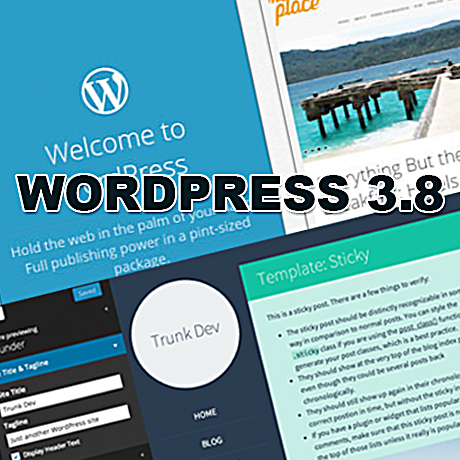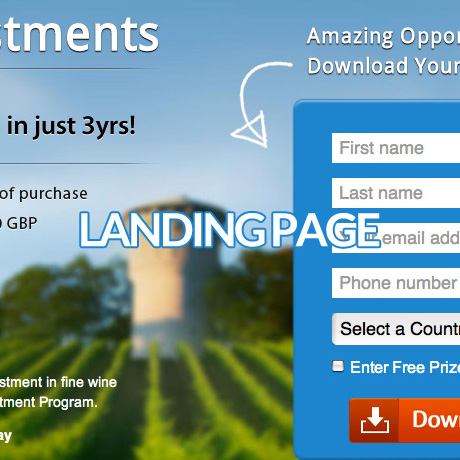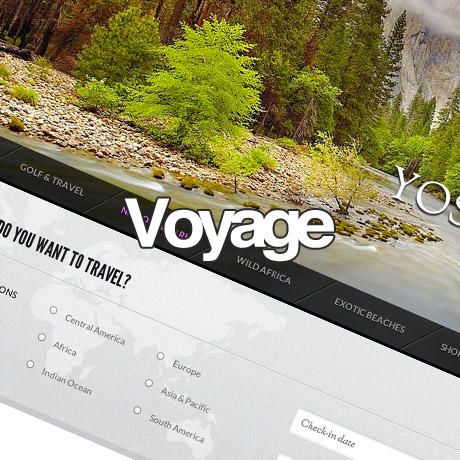What Features Do Most Commercial WordPress Themes Have in Common?

WordPress users enjoy many benefits not necessarily available in other content management systems. The plethora of high quality WordPress themes that users can choose from is more than enough to dress up any website. Whatever type of website you plan to put up, most likely, there is a WordPress theme for it. Here are some of the most common features present in some of the most popular WordPress themes in the market today.
A Great Slider
An effective theme must help create a steady following for your site. It must be able to captivate casual visitors and convert theme into followers that eventually become clients and customers. A slideshow is a great tool that can deliver quick, dramatic visual impact combining the use of images with taglines, spiels, or memes to hook visitor interest. This billboard-like effect gives casual visitors something to spark their curiosity and encourage them to examine and explore your site further. The short attention span this generation has, a slider is an indispensable feature for any website. Popular plugins like Slider Revolution, Layer Slider, Nivo Slider, and Flexslider make the job a whole lot easier.
Parallax and Animation
Once you’ve gotten the attention of visitors, the challenge shifts towards keeping their interest. Perhaps you’ve attended lectures were you came in with excitement about what you could learn only to be disappointed by a boring, uncharismatic instructor whose droning voice put you to sleep. This is analogous to going through great content in boring or even hard to read content. This actually narrows your followers to those who are actually already sold to your content. If your goal is to convert more people to your product or service, the presentation of your content has to facilitate easy reading and assimilation of information. Corporate presentations are often more effective when stats are represented as animated charts and bullets. These actually help executives focus on the items that need to be considered. Having animated bullets and content sections also give focus on items you want your visitors to remember.
Flexible Layout with Drag and Drop Capability
Presenting your content is important in developing your following. While animation helps your audience focus on key points of your content, a sound content structure is still required for visitors to make sense of your site as a whole. Being able to piece together key points into a cohesive body of knowledge will drive home a stronger message to your visitors that will keep them coming for more. To do this, your content has to be organized in such a way that visitors go through important sections in a natural, stress free manner. The natural flow of content will vary according to your audience. Recognizing this, themes that have been designed and devised to respond to the needs of various audiences will bring a higher conversion in terms of subscribers and followers. A lot of themes now include drag and drop page builder features allowing you to assemble your own pages from scratch. Some themes come with ready made layouts for almost any type of site which can be tweaked to meet specific audience needs. Most, if not all, of these themes have powerful options panels and shortcode generators for maximum customization flexibility.
Mobile Friendly
Mobile is a platform that cannot be ignored. Mobile gadgets are part of today’s lifestyle because of the convenience it provides its users. As such, theme designers and developers are forced to confront the peculiarities one encounters when using a mobile device. A theme has to be responsive. This means it has to be able to adjust to give the best possible display regardless of what device you use to browse your site. Theme pages need to have the capability to reorder and resize according to tablet and smartphone displays without sacrificing the beauty of the theme on desktop. In addition to this, special navigation menus for mobile devices must be able to facilitate the interface differences on these devices from desktop. Usually, the Bootstrap framework is a theme author’s go to option to ensure optimal performance on mobile platforms.
Good SEO
No matter how great your site is in terms of content or aesthetics, it must be found by your target audience. Great themes are coded in such away that is friendly to search engines to help land your site on the first few pages of search results. This is accomplished in a number of ways: meta and links, XML sitemaps, RSS Optimization, and Breadcrumb among others. There are numerous options to ensure your site is covered by good SEO measures. Clean code, SEO optimized images and videos, and installing reliable and tested SEO plugins like SEO by Yoast, etc. are some of the many SEO practices you can integrate on your site.







